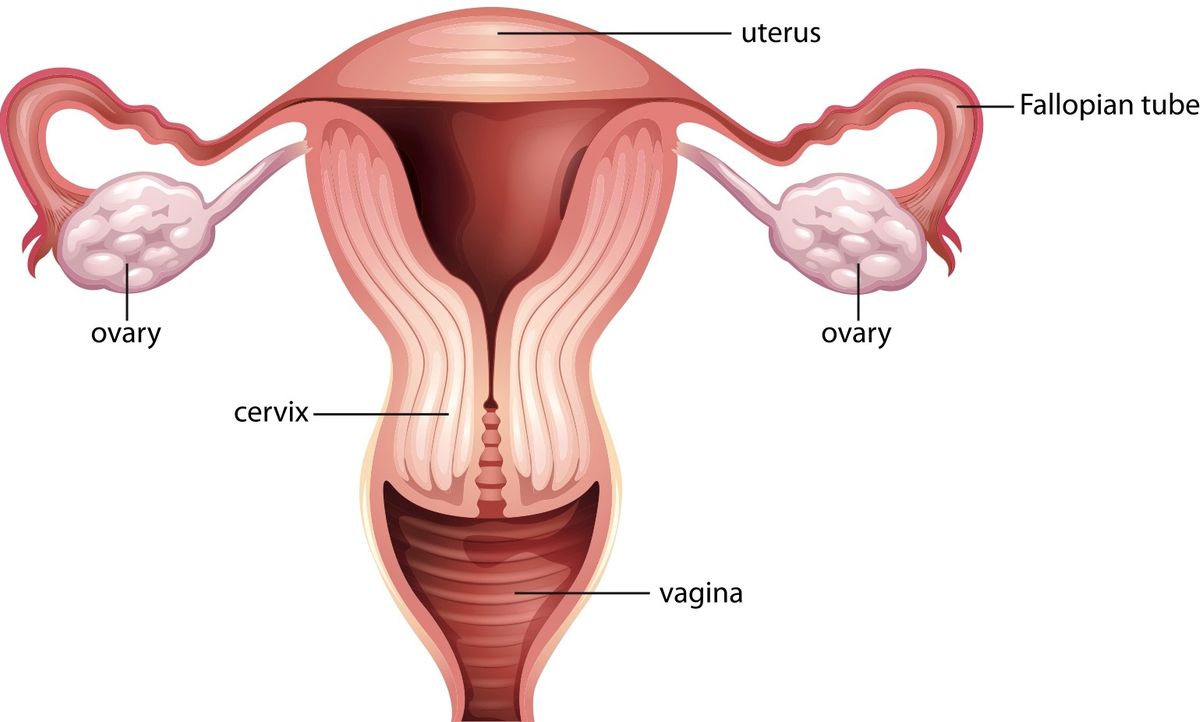Salpingectomy and Oophorectomy
Salpingectomy (removal of the fallopian tube) and oophorectomy (removal of the ovary) are surgeries performed for a range of gynaecological conditions. These may be done separately or together, and either on one or both sides.
I commonly perform these surgeries laparoscopically (keyhole surgery), allowing for faster recovery and less postoperative pain. If you’re considering or have been recommended one of these procedures, this page will help you understand what to expect.
When is salpingectomy recommended?
Salpingectomy may be suggested for:
- Ectopic pregnancy
- Hydrosalpinx (fluid-filled damaged tubes affecting fertility)
- Risk-reducing surgery in those with a BRCA mutation or strong family history of ovarian cancer
- Sterilisation (as an alternative to tubal ligation, with potential added cancer prevention benefit)
- As part of hysterectomy, to reduce future cancer risk

When is oophorectomy considered?
Oophorectomy may be advised when:
- There is a large ovarian cyst or mass
- You have recurrent or painful cysts
- There’s a suspected or confirmed ovarian malignancy
- You’re having risk-reducing surgery for hereditary cancer (e.g. BRCA)
- The ovary is severely affected by endometriosis or torsion
- You’re undergoing hysterectomy for gynaecological cancer or severe disease
- Opportunistically at the time of surgery over the age of 50 per RANZCOG guidelines
Where possible, I aim to preserve healthy ovaries, especially in younger patients. However, if the ovary is non-functional or significantly abnormal, removal may be safest.
Surgical approach
I usually perform these procedures via laparoscopic (keyhole) surgery:
- 2–4 small abdominal incisions are used
- A camera and fine instruments allow precise removal
- In most cases, you can go home the same day
Both salpingectomy and oophorectomy may be done on one (unilateral) or both (bilateral) sides, depending on your situation and goals.
What happens to hormone levels?
If both ovaries are removed (bilateral oophorectomy), your body’s production of oestrogen and progesterone stops, and you’ll enter surgical menopause. This may cause:
- Hot flushes
- Mood changes
- Vaginal dryness
- Reduced libido
- Bone density changes over time
Menopausal Hormone Therapy (MHT) is often recommended unless contraindicated.
If one ovary remains, your hormone levels generally remain stable, and most people continue to ovulate and have periods (unless a hysterectomy is also performed).
Removing only the tubes (salpingectomy) has no effect on hormones or periods.

Recovery
Most people recover quickly after laparoscopic salpingectomy or oophorectomy:
- You’ll likely go home same day or after one night
- Mild cramping and bloating is common
- You may feel tired for a week or two
- Light duties can resume within a few days
- Full recovery is expected in 2–4 weeks
You may have spotting for a few days post-op.
Read more in my Surgical Recovery Toolkit.
Risks and complications
All surgery carries risk, but serious complications are uncommon with laparoscopic procedures. Potential issues include:
- Bleeding or infection
- Injury to nearby organs (bowel, bladder, vessels)
- Adhesions (scar tissue)
- Early menopause (if both ovaries removed)
In selected cases, the surgery may need to be converted to an open procedure for safety, but this is rare.

Dr Sam Holford
Is surgery for you?
As an Auckland specialist, I perform salpingectomy & oophorectomy to treat disease or reduce cancer risk, using advanced minimally invasive (laparoscopic) surgery.
Book an appointmentFAQs
Trusted Resources
- Mayo Clinic (US): Oophorectomy
- RCOG: Recovering Well from Laparoscopy
- Menopause.org: Surgical Menopause
Please note: This information is general in nature and not a substitute for medical advice tailored to your specific situation.
